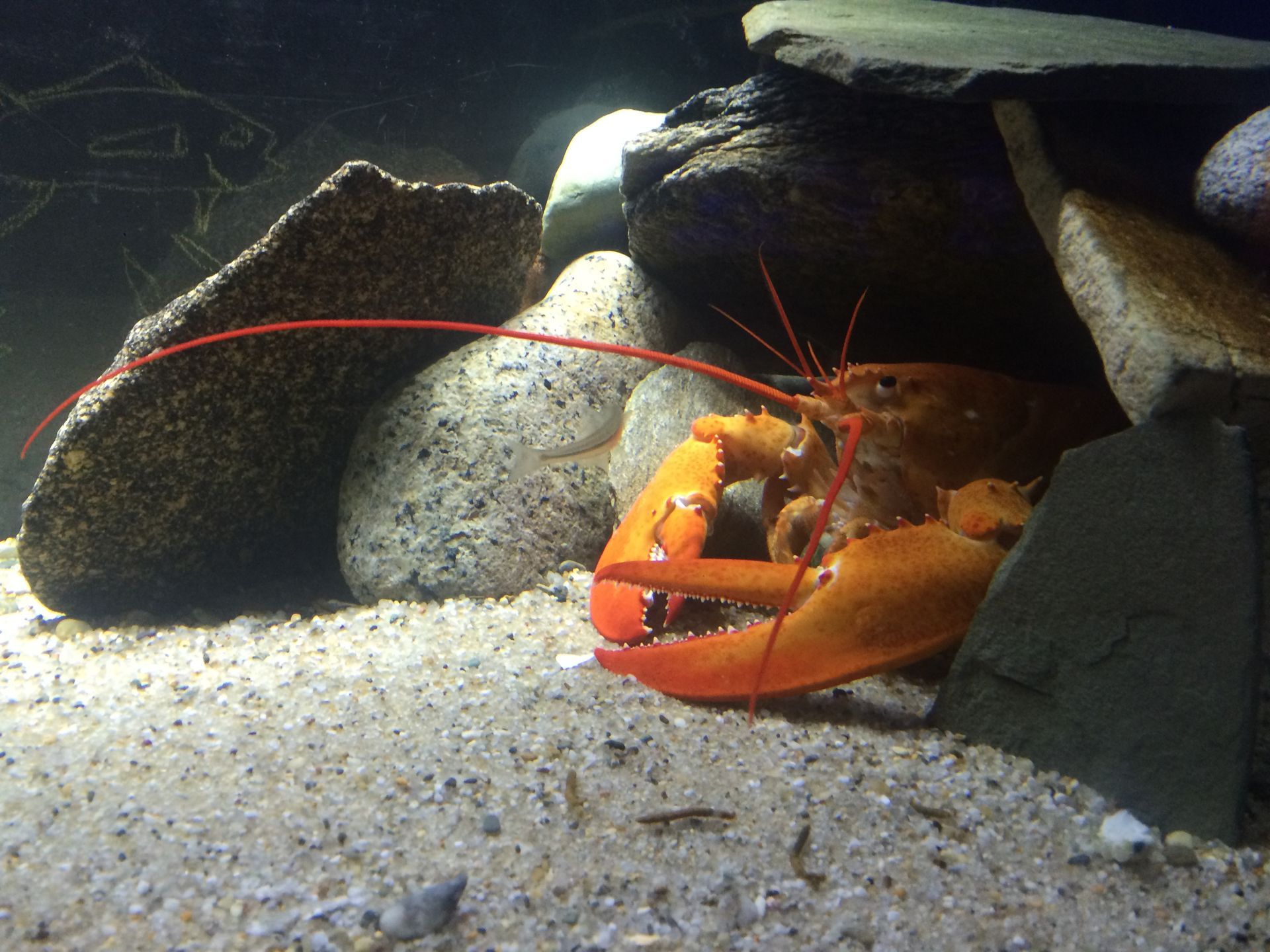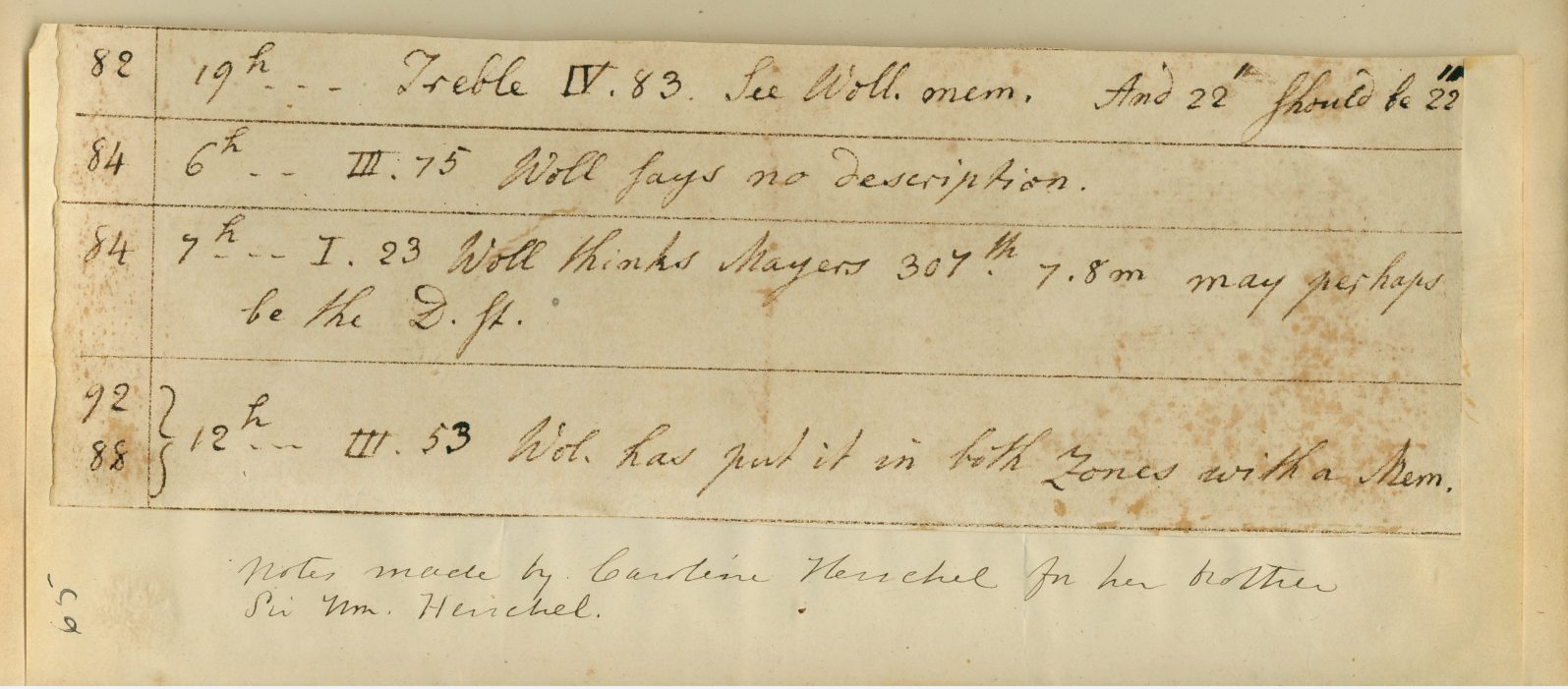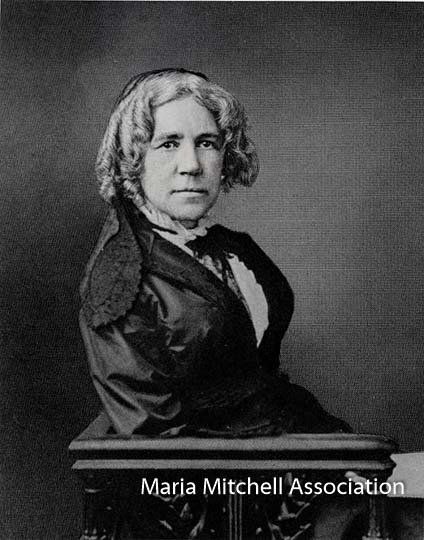Maria Mitchell In Her Own Words
March 12, {1855}. What a change a fortnight has made. I have passed through a fortnight of great anxiety in nursing my Mother. I have never been a believer in a special Providence, but when I saw her recovering I felt like giving thanks to God and when anyone says to me “how is your mother,” I felt like saying “Better, thank God” instead of “thank you.”
Lydia Coleman Mitchell partially recovered from an illness that would last for six years and that made Maria Mitchell her mother’s nurse. As the single daughter who lived at home, societal norms dictated this – though we all know that Maria would of course do this no matter what. It was only her trip to the southern United States and Europe that would draw her away – with Lydia left under the attentive care of one of Maria’s younger sisters, Phebe Mitchell Kendall who had married in 1854. Such circumstances still exist today – as was just recently discussed on a local NPR piece. While it’s not necessarily only the women carrying for aging parents or sick family members, it is still very much on families to take care of the seriously ill and aged – health care costs and costs associated with long-term care and nursing homes or retirement communities are out of reach for many.
As I have noted before, Maria did not believe in a god – she saw her god – her religion – in nature. But she obviously felt there was some higher plane – some higher being – that could have had some sort of influence as her mother’s illness was not something she thought she would even partially recover from. I realize my god is nature – the world around us – and I came to that in part because of my Father and his beliefs.
JNLF
Recent Posts





